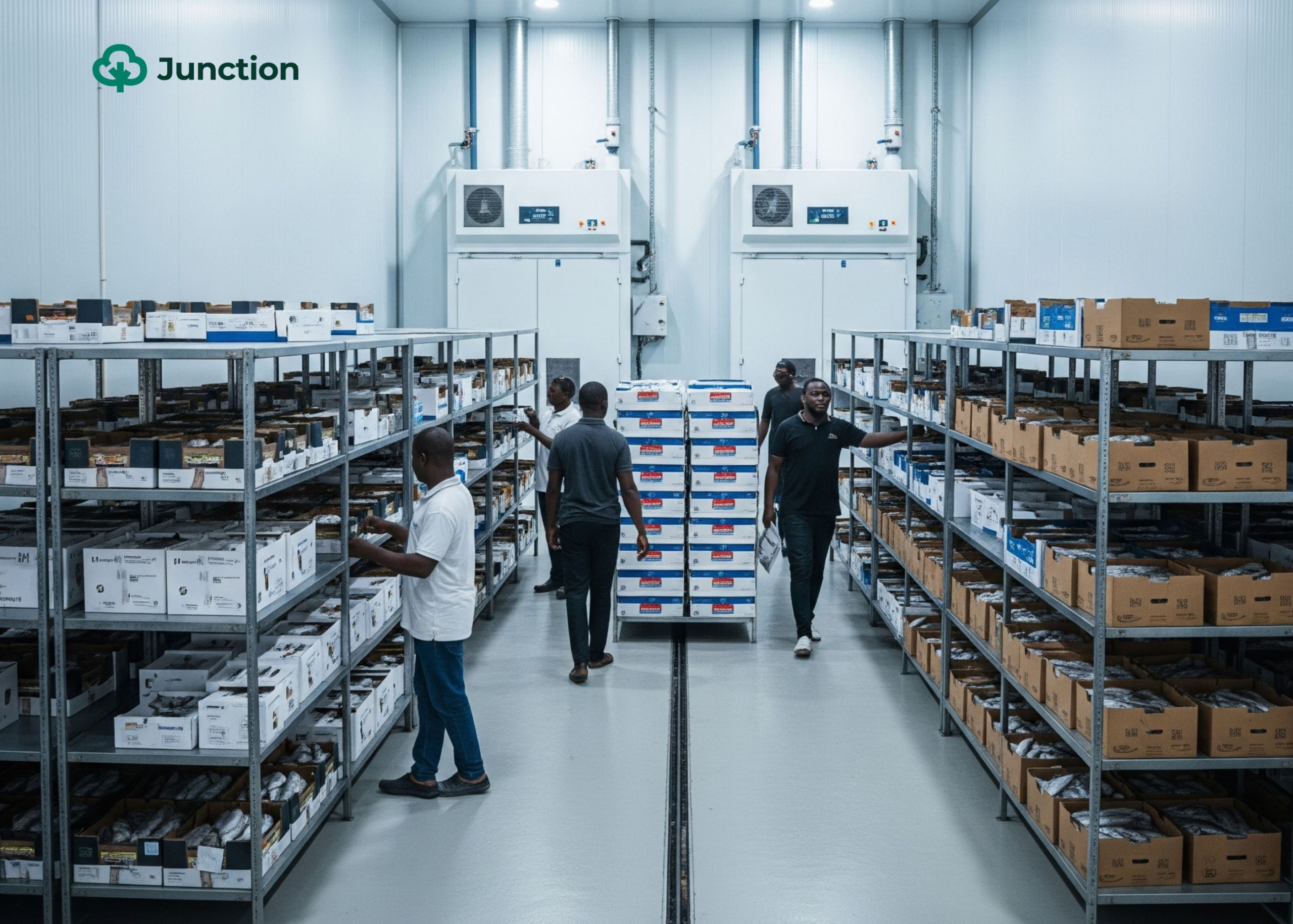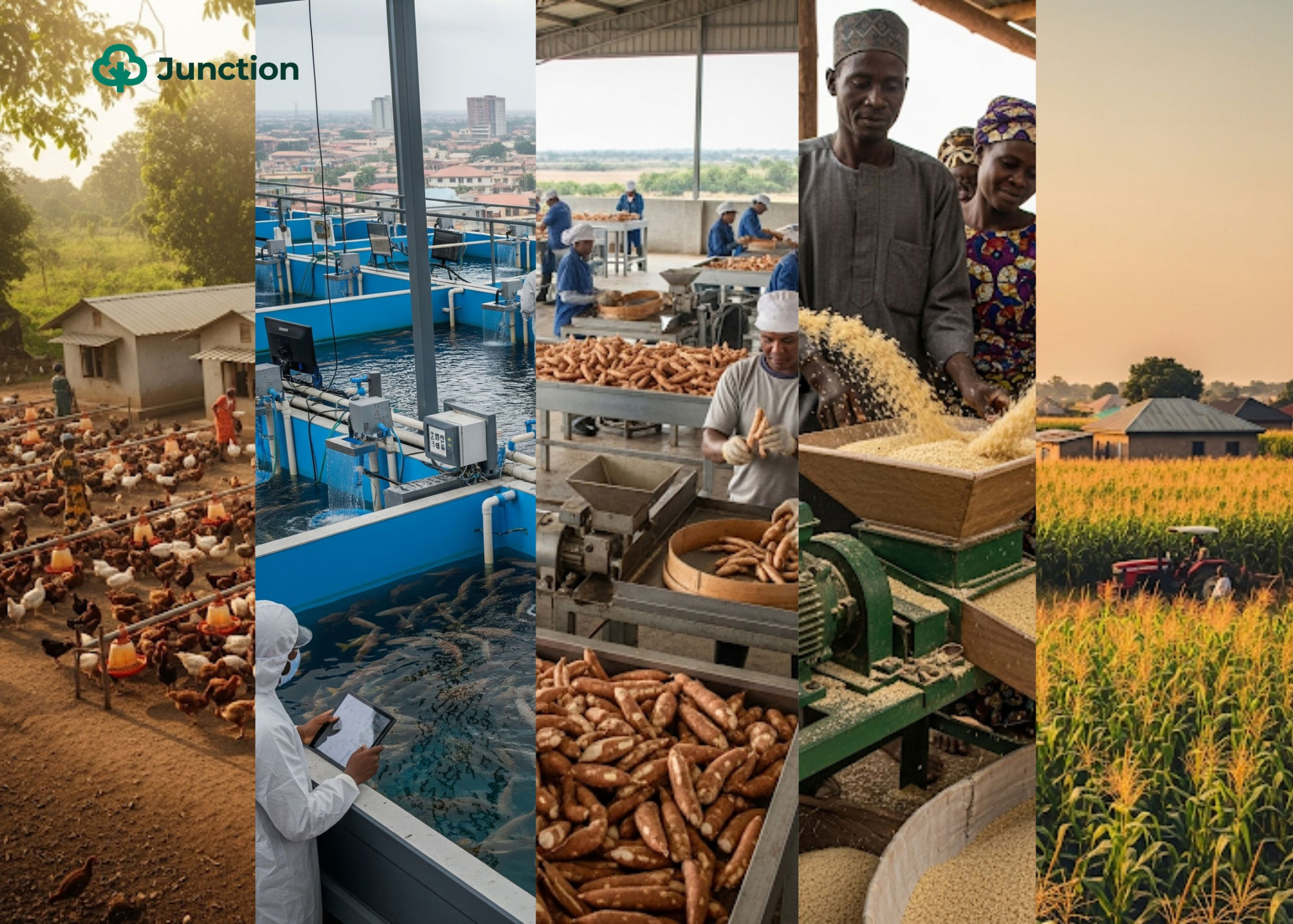Snail farming (also called heliculture) presents entrepreneurs with an easy-to-start business that requires only a small budget. Yet, it is more expensive than beef, chicken or fish, and many Nigerians consider it a special delicacy worth its higher pricing.
Although, there are some cultural restrictions concerning snail meat consumption with some considering it a taboo for differing reasons. These restrictions only further gives the food an air of exoticness and places it on almost similar pedestals as game meat (such as deer, antelope, porcupine, and so on).
There is a large market in Nigeria for snails as production barely meets demand. This market can also grow as there will be more mouths to feed in the future if the population expansion trend continues at 4.1%. Also, dietary preference could change to positively affect the industry when more people realise the benefits of consuming snails instead of pork and beef. For example, despite having similar protein contents, snails have lesser fat.
There is an even larger one on the global scene with top importers like the European Union, France and Italy buying about $53 million worth of snails annually. So, while starting small may require you to focus on the local market, you can always have it in mind that there is a market beyond the borders of Nigeria.
Advantages of snail farming
1. Low investment and maintenance costs:
Starting a snail farm requires much lesser investment compared to other livestock, poultry, and fishery farming. It does not demand extensive infrastructure or special equipment. Since they are omnivores, they can be fed readily available and inexpensive materils like fruits, vegetables and agricultural waste which many people are ready to dispose of.
2. High profit margin:
Snail meat is in high demand and often commands a premium price because of its unique flavour and nutritional value. Also, snail slime is considered to have medicinal and cosmetic properties, which can serve as an extra source of income.
3. Environmental sustainability:
Snails produce much less waste than other livestock ventures, which makes them more environmentally friendly. Since it does not cause air, noise or water pollution, farmers can cite farms in small spaces and even urban areas. Their watse can further serve as soil nourishing resoources as well.
4. Disease resistance:
Snails are less susceptible to diseases, which is a high risk for ventures like poultry, and reduces the risk of losses. Instead, there are species that produce natural antibiotics to prevent diseases.
5 steps to start a snail farm in Nigeria with a small budget
1. Research and planning:
The first things to do when you want to start a snail farm is to choose suitable species like the Achatina achatina, Archachatina marginata, or Achatina fulica for Nigerian climate.
These snails have both male and female reproductive organs, which allows them to reproduce without the need for a mate, significantly increasing their reproductive capacity. They reproduce six times a year, laying about 1200 eggs.

However, it’s important to note that the time required for eggs to hatch and for young snails to reach maturity can vary. Typically, it takes between 15 and 25 days for snail eggs to hatch, and the subsequent growth period to adulthood can range from 8 to 12 months.
Ensure that your choice of species is based on what is best for your climate and what people are buying. Also, identify potential buyers such as restaurants, grocery stores, and individuals and market prices.
Lastly, check if there are local regulations and permits that you need before starting a snail farm, especially the ones regarding food safety and markets.
2. Housing:
A successful snail farm requires a controlled environment for the animals to thrive and reproduce. The size of operation you are running, climate and available space should inform the choice of enclosure.
Wooden crates are affordable and easily customisable. Although, they may equire additional insulation and ventilation, in extreme weather conditions. Plastic containers offer a lightweight enclosure system that is durable and suitable for small-scale operations. Mesh cages offer good air circulation and visibility, which is important for maintenance, but they may require additional shading to protect snails from sunlight.
It is important to provide loose and well-draining subtrates (like a mixture of coconut coir and soil), humidity control and moderate temperature for snails. Typically, snails require high humidity levels of between 70% and 80% and a temperature range of 25-30°C.
3. Snail acquisition:
Buying a healthy and productive stock is a crucial step in succeeding as a snail farmer. You can consider purchasing from local breeders which is both convenient and cost-effective. These ones also have experience in rearing snails in your region and can offer advice.
You can also acquire stocks from hatcheries that specialise in breeding and raising snails for commercial purposes. They typically offer a wide variety of species and can also provide guidance on care and management.
Examine the stock you are acquiring for signs like disease, injury, active behaviour, shell conditions, and moistness. Ensure that what you see fit your profile of a healthy snail before you make payment.
4. Feeding and care:
Snail meat, like many other food items, is priced by weight. If you want your snails looking robust at maturity and havest, you must provide a balanced and nutritious diet for the. They are able to consume a wide variety of food ranging from fruits, vegetables, leafy greens, and other agricultural scraps and plant matter.
Remember to remove uneaten food to prevent spoilage and repace with a fresh batch daily. Also, provide them with fresh water. The kind of food they consume can encourage buildup of harmful bacteria, so regularly clean the enclosure. LAstly, monitor the snails for signs of disease or stress and seek veterinary advice when necessary.
5. Breeding and harvesting:
To encourage snails to breed, you must provide suitable conditions like hiding places and a moist environment. Snails lay eggs in clusters, which a farmer transfers to separate containers for hatching.
For harvesting, adult snails that have reached desired size and weight are collected. Market demands and customers’ requirements should determine when farmers harvest snails. After harvesting, snails are processed into various products which will require proper handling and storage to maintain quality and freshness.
Conclusion
Heliculture in Nigeria presents a promising investment opportunity with a projected rate of return on investment (RRI) of over 37% and a capital turnover (CTO) of 27% based on a business plan. While initial investments primarily focus on acquiring snail stock, feed, personnel, and operational costs like fuel and logistics, these expenses can be significantly reduced for small-scale operations.
By optimising costs through self-sufficiency in areas such as feed procurement and labor, and by minimising infrastructure expenses, individuals with limited budgets can successfully start and operate a snail farm in Nigeria. With careful planning and management, it’s possible to begin earning income within 8-12 months.



